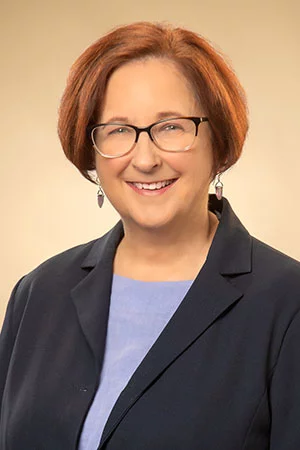Tramadol, sold under the brand name Ultram, is an opioid pain medication intended for short-term use. In 2014, the FDA designated tramadol as a controlled substance, which means it may have accepted use in medical care, but also has a potential for abuse or addiction.
What Is Tramadol?
Though strict laws and regulations surround how much tramadol doctors can prescribe at any one time, it’s still possible to develop a tolerance even under medical supervision. In some cases, even people who carefully follow their doctor’s directions can become addicted to tramadol.
Like other opioids, tramadol binds to specialized receptors in the brain, which relieves pain and causes a pleasant, euphoric feeling. These effects can drive people to continue taking more painkillers, despite the known risk of addiction.
Signs of Tramadol Addiction
If you have used opioids for a while and built a tolerance to them, you may experience an array of uncomfortable withdrawal symptoms when you try to stop. Withdrawal is your brain’s attempt to regain balance in the absence of a drug. For opioids like tramadol, the most common withdrawal symptoms include flu-like body aches, anxiety, nausea, vomiting and abdominal pain.
Other signs of tramadol addiction include frequent cravings, worsening relationship problems and the inability to control your use of tramadol. Frequent tramadol users who become physically or psychologically dependent on their medication may also step up to more potent prescriptions or illegal drugs like heroin to satisfy their cravings.
Tramadol Effects And Abuse
People who abuse tramadol continue taking the drug because they enjoy the calm, relaxed feeling it provides. People living with severe pain may also take higher doses of the drug, which elevates their risks of severe side effects, including seizures and respiratory depression.
As a central nervous system depressant, tramadol slows down lung and heart function. People who take higher-than-prescribed doses of tramadol can gradually stop breathing, which can cause a fatal overdose.
Tramadol overdose symptoms can include:
- Sleepiness
- Unconsciousness
- Coma
- Seizures
- Respiratory depression
- Abnormally low blood pressure
- Slow heart rate
- Sweaty or clammy skin
- Weak muscles
- Pinpoint pupils
Combining tramadol with other substances like alcohol or benzodiazepines can increase your risk of addiction or overdose.
Learning to Manage Pain Without Opioids
If you’re living with pain, but concerned that you might get hooked on tramadol or other opioids, don’t give up. Several alternatives to taking opioid medications can help you manage your pain levels. Open, honest communication with your doctor is at the heart of dealing with pain without exposing yourself to the risks associated with using opioids.
When you describe the specific type and intensity of the pain you are experiencing, including any activities that make you feel worse, your doctor can recommend alternative ways to manage it. Take an active role in your healing, and remember, nobody is a better advocate for your needs than you are.
Safe, Comfortable Detoxification and Substance Use Treatment
Are you tired of relying on opioids like tramadol and want to regain control of your life? Let Cumberland Heights provide the medically managed detoxification you need to control unpleasant withdrawal symptoms and transition seamlessly into your next stages of treatment. To learn more about how we can help you, contact us to speak with one of our caring admissions specialists today.










